Top 5 Reasons to Choose Spray Foam Insulation
- What is spray foam insulation?
- The typical cost of spray foam insulation
- How spray foam loft insulation compares
If you’re wondering whether to choose spray foam insulation over the more traditional kind, you might not know about the full benefits they provide. Spray foam is incredibly versatile and can be installed in the walls, rafters and the loft, giving you a warmer home with relative ease.
This article will explain how spray foam insulation works and highlight five reasons why you should consider having it installed in your home. It will also look at typical costs you can expect to pay, so you can fully understand the important points about this type of insulation.
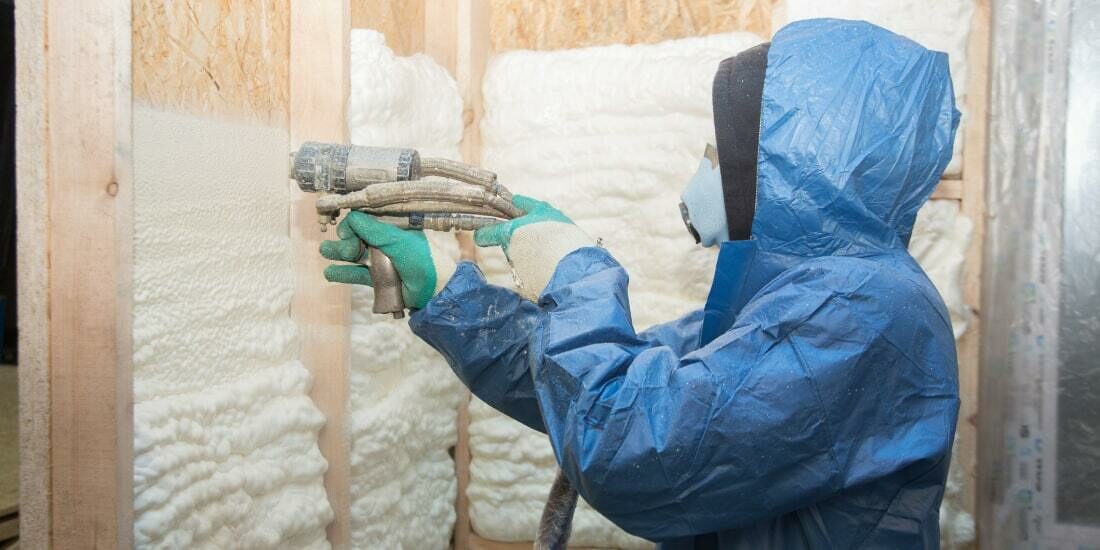
What's On This Page?
Click the links below and head straight to a specific section of the article.
What Is Spray Foam Insulation?
Spray foam is a liquid form of insulating plastic that is used to make a building more energy efficient. Once applied, the foam expands and hardens to fill cracks and gaps, creating a heat shield within the space it’s used. Available in two kinds (closed and open cell), spray foam insulation differences come with their own benefits.

Closed cell is the better insulator as it contains more gas bubbles, slowing the movement of any heat transferred. Because of this, it’s more tightly packed, which can allow for condensation to build up, so plenty of ventilation is required.
Open cell spray foam insulation isn’t as effective at insulating, so it needs to be installed at double the thickness. It blocks airflow very well, making it useful for sound reduction, and also allows for moisture to pass through so you don’t have to worry about condensation.
What Are the Benefits?
1. Not as Thick
To be effective, traditional loft insulation should be at least 270mm thick. This is usually piled higher than the joists, making it harder to be able to use your loft for storage. Spray foam insulation is perfect in this regard as it offers similar levels of heat retention without needing as much space. 100mm of spray foam gives the equivalent benefit of 170mm of mineral wool loft insulation, allowing you room to apply boards to the rafters so your loft can be used for storage.
2. Fills Gaps
The nature of liquid spray foam insulation allows it to be installed in the tightest of spaces, filling any cracks and gaps that are prone to create draughts. After application, the expansion of the insulation creates a barrier that completely blocks even the tiniest of cold air blasts coming through.
3. Mould Prevention
Issues with rising damp and the like can be a thing of the past with the right spray foam insulation. Closed cell spray foam works wonders for external walls as it doesn’t absorb water. When installed properly, it prevents moisture from entering the home but allows for it to escape from inside. The only issue you might face is when excessive moisture is being produced, such as from cooking or washing. Existing ventilation systems should be used to prevent mould growth.
4. Reduces Carbon Emissions
A poorly insulated home is not good for the environment for many reasons. Without proper padding to keep warmth in, heat is lost, boilers have to work harder to maintain a set temperature and energy bills only get larger. As spray foam insulation can be airtight, it can be much more effective at keeping heat in. It also retains its properties for longer than traditional kinds of insulation, being as good in the future as it was when it was first installed. This reduces the length of time your heating system needs to be active, effectively lowering your carbon footprint.
5. Saves You Money

Perhaps the best benefit of spray foam insulation is that it will save you money on heating and cooling costs, even if you already have insulation fitted. Compared to traditional insulation, spray foam can decrease these costs by 10-15%, and potentially 15-25%. Checkatrade estimates this to be as much as 50%. This will depend on its construction and how many hours of direct sunlight the home receives, but saving money in the long run, especially when energy bills are already sky-high, is never a bad thing.
Cost of Spray Foam Insulation
With anything, the bigger the installation, the more you can expect to pay. The cost of spray foam insulation is specified by metre squared, which gives you a better indication of how much you expect to pay. Open cell is cheaper than closed cell, but typical spray foam loft insulation costs can be seen in the interactive graph below.
On the higher end of the scale, you can expect to pay around £90/m² for closed cell spray foam and £70/m² for the open cell version. Value installations can be as low as £50/m² for closed cell and £40/m² for open cell spray foam.
How Much Is It to Insulate a Loft?
If you’re looking for spray foam loft insulation, you might wonder how it compares to traditional methods of insulating a loft. Spray foam insulation is much more expensive, but it also comes with a whole host of extra benefits that you would otherwise miss out on.
Although it’s estimated that traditional forms of insulation for a loft can set you back at least £600, spray foam can easily exceed £1,000. Depending on your house type, loft insulation can be as much as £890, which isn’t too far off what you could end up paying for spray foam. The downside to this is, the bigger your property, and the more work that needs doing to it, the more expensive the install is going to be.
Why Is Spray Foam So Expensive?
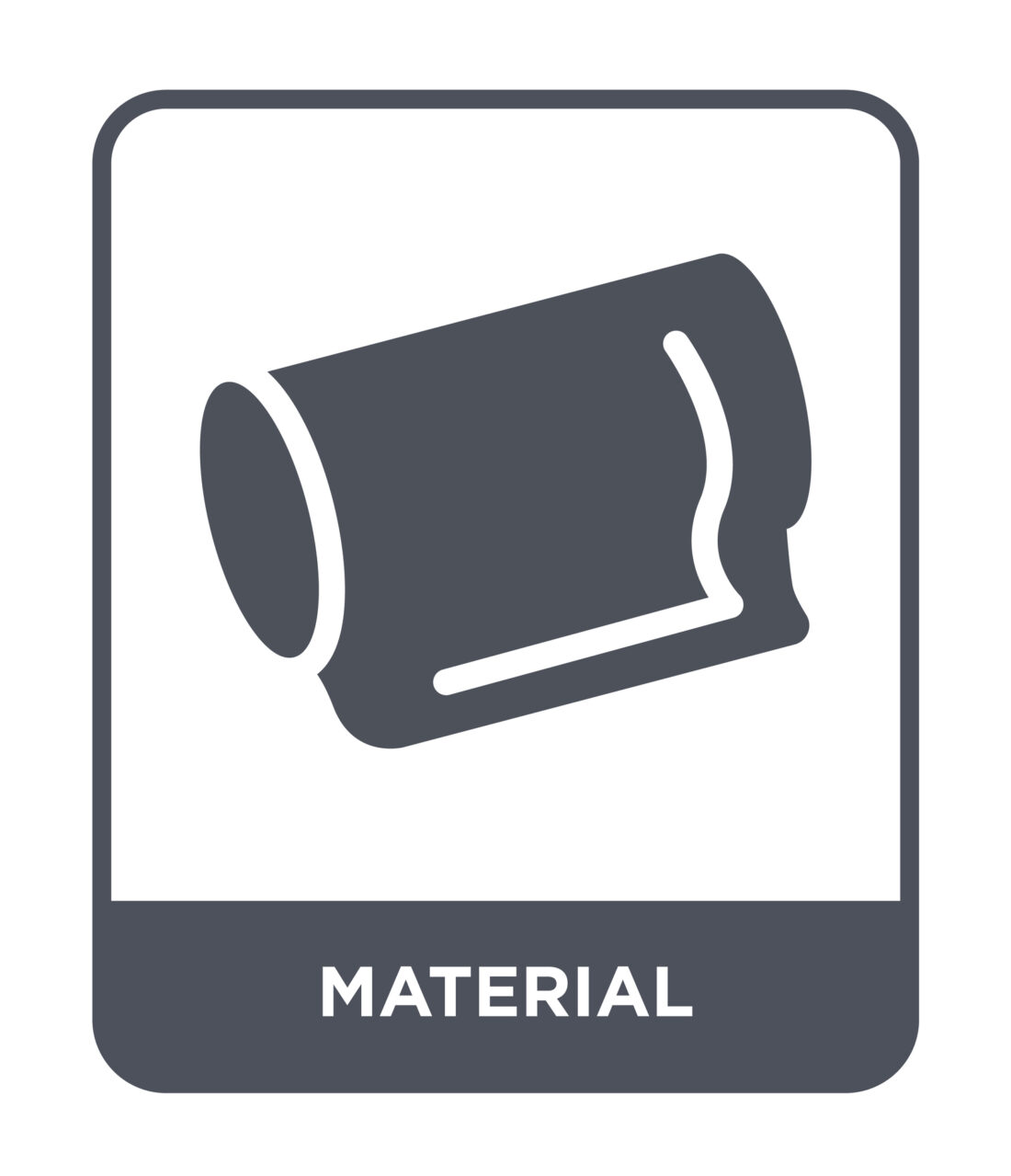
Spray foam insulation is a more specialist form and requires a professional to install. Technical equipment is needed and anyone who can install it needs to be qualified enough to do so. Poorly installed spray foam is much more damage than it is worth, especially because it’s hard to remove. If installed correctly, however, you can make use of the many benefits that it offers.
In other words, the less you spend on a product, the less you can expect it to last and work as it should. Spray foam is no exception to this rule. Its insulating and heat retention properties are so impressive that the buyback period is usually only around four years. A large initial cost gives you a much better return in the long run.
Related articles
View all Insulation articles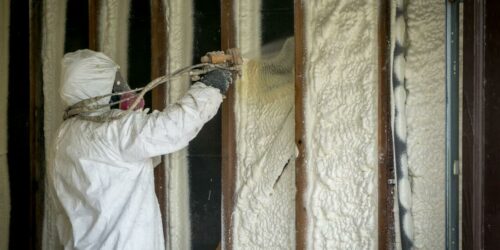
How Long Does Spray Foam Insulation Last?
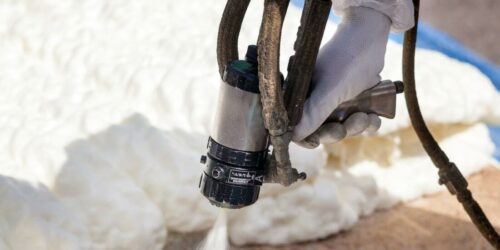
Can I Install DIY Spray Foam Insulation Myself?
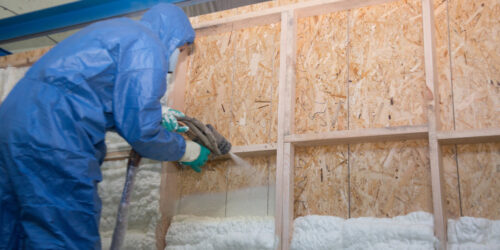
Six Benefits of Spray Foam Insulation
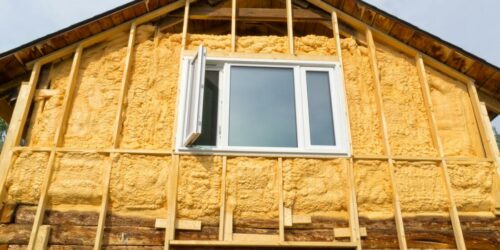
Is My Property Suitable for Spray-On Insulation Foam?

Why Consider Spray Foam Insulation in Roofs?
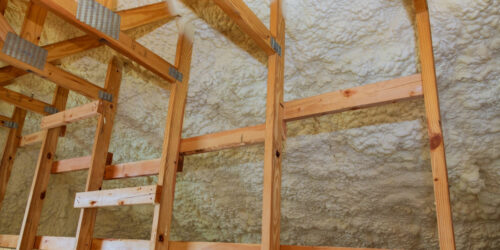
Icynene Spray Foam Insulation: A Complete Guide
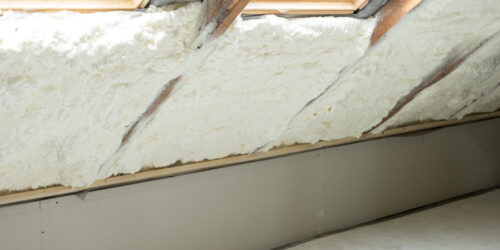
Spray Foam Insulation Installers: What to Expect







